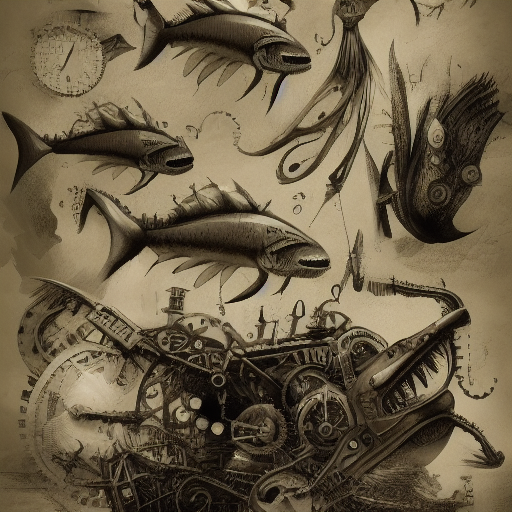Applying an antifragile mindset to prevent company rigidity
A look at Nassim Taleb’s concept of Antifragility as a remedy or preventive measure against Rigor Corpus (corporate inflexibility). An example of one of my own mistakes.
In his book “Antifragile: Things that Gain from Disorder ” Nassim Taleb makes a great argument for systems that are beyond resilient… systems that grow stronger from adversity. Taleb takes that concept and applies it to the world… businesses, banking, systems… everything. It is a fantastic book.
Thinking in antifragile terms is a prescription to help fight corporate rigidity.
Taleb discusses three categories:
- Fragile - they break when faced with parameters outside the expected.
- Resilient - they do not break, but the form back into the original shape.
- Antifragile - they do not break, but instead become stronger.
Fragile: A baseball shatters a window. The baseball is not an expected event and the window is not meant to handle it. The system, window, is ruined by the event. Fixing the window now takes external effort.
Resilient: If you drop a heavy object onto an exercise mat it will deform to absorb the shape and its impact. When you remove the object, the indentation will expand back to its original shape. This is great until something unexpected occurs… like an ax.
Antifragile:

Fixing my own mistakes
Lets talk about a ridged corporate process to request new equipment. I created this process and now view it as fragile. The flow is:
- A request form forces the user to select from a specific list of equipment.
- The request is sent to a Support team.
- Support orders from a preapproved list of items.
This is inflexible. A user with a unique or specific need has no recourse to explore other options. A warehouse staff had broken six laptops that year and like to get something more durable. We face issues on the tail end of the process also. Equipment was often unavailable due to supply chain issues during the pandemic.
This was also fragile. If you needed something not on the list, you were stuck. If a computer monitor was sold out the staff would need to find alternative models. Then have them added to an approved equipment list. The process could not handle items outside of what it expected at all.
Let’s revisit the process thinking in both antifragile and flexible terms.
The foundation on which we built the process does not hold up to scrutiny. Standardizing on equipment has benefits, for example ordering in large quantities. In this case we are just cutting the ham at both ends - doing something without thinking why. We don’t order anything at a scale that there would be a cost savings. Once we understand that, we can move forward.
Change 1: Allow flexible input. Our existing process forces the selection from a few items. It is very unforgiving on asking for something unique. A better way would be to simplify the choices and let the requestor provide their own request. The front end can now easily handle any sort of request… not just what is on the checklist. The system has become flexible from the user’s point of view, at the same time it can handle any input so it is at least resilient.
Change 2:

There are problems with equipment sourcing due to scarcity on the backend of the process. We can solve this by using some simple heuristics instead of a hard list of items they can order. Compare these two rules and think about how they would work for the person ordering:
You are allowed to order ViewSonic 27" model VX2768-2KPC-M for $180.
You are allowed to order monitors no larger than 27" with no less than a 144mhz refresh rate and resolution of no less than 2048 for under $200.
The second rule is much more flexible. Teams can still maintain a recommended list to make selection simpler but they can deviate when needed.
Those changes would make the system more resilient and flexible. But what if we wanted to create an antifragile system. Remember by definition an antifragile system becomes stronger from adversity.
Change 3: Getting stronger through adversity
Now we cross over into another fantastic concept - continous improvement. This is the idea that we make improvements on a consistent basis. See this post for a background. We can make a process where every week we review all the requests. During that meeting we have an agenda to discuss:
If any abnormal request is common enough to be added to the pre-made listing, we can work it into the form.
Any alternatives we’ve purchased and any pros and cons we found for them. Worthy contenders can go on a recommended list, unworthy can go on the no-no list.
Where unique requests could be applied elsewhere in the company. Others may benefit from it.
If a team member went too far outside the box, it can be corrected at this time. It is worth it to avoid an approval process for the occasional mistake.
With these changes the process has gotten much better. Not only does it reflect a very flexible system to the end user, it can handle any sort of request. Through the continual improvement system, each abnormal request actually makes the system stronger.

